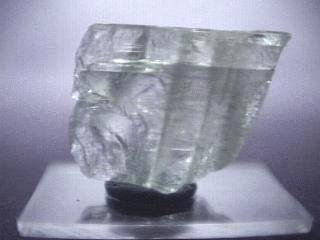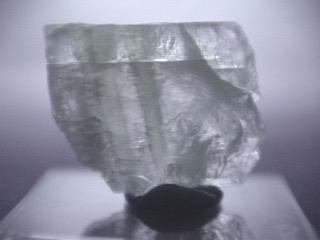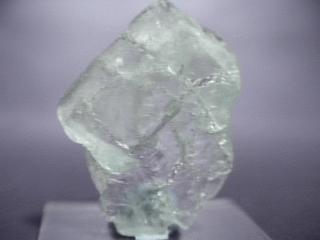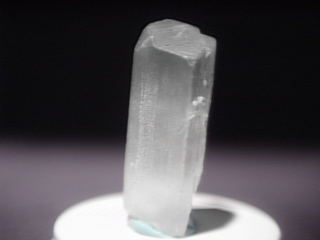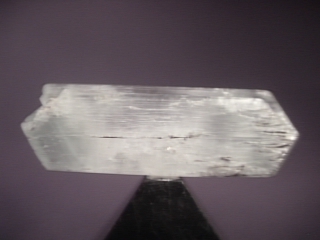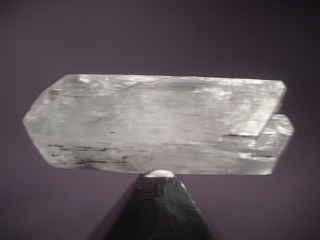 HIDDENITE, the green color variety of the mineral spodumene
HIDDENITE, the green color variety of the mineral spodumene
VARIETY INFORMATION:
- VARIETY OF: Spodumene , LiAlSi2 O6.
- USES: Gemstone.
- COLOR: various shades of green.
- INDEX OF REFRACTION: 1.66
- BIREFRINGENCE: weak
- HARDNESS: 6.5
- CLEAVAGE: is perfect in two directions
- CRYSTAL SYSTEM: monoclinic
Specimens
Hiddenite is an attractive gem mineral, but is rare and for the most part known only to collectors. The green color varies from a yellowish to a bluish green and can even approach the beauty of an emerald green. Hiddenite is one of two gemstone varieties of spodumene.

